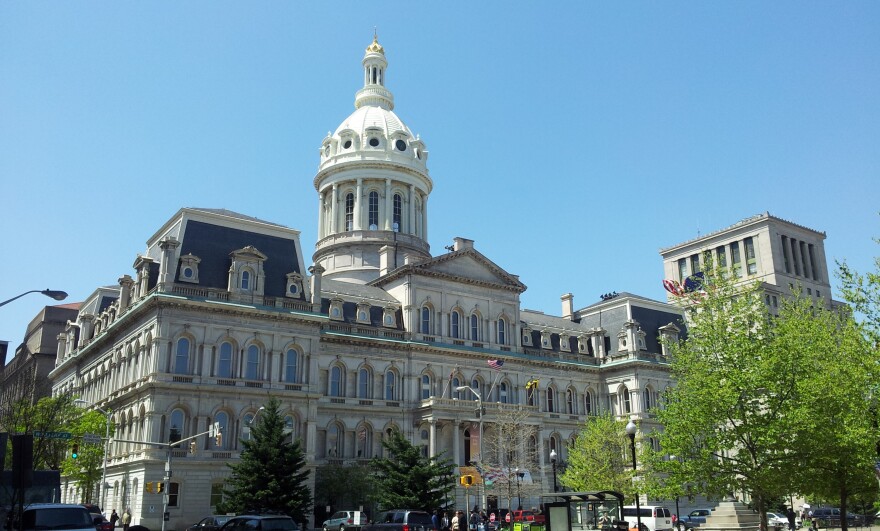Baltimore City Council members voted unanimously on Monday night in favor of a resolution that urges Baltimore City Public School leaders to commit to conflict resolution programs known as restorative practices across the entire school district. City Council doesn’t have the power to mandate any changes to Baltimore City Public School policies, which would typically fall under the purview of the school board and the public school leadership. City leaders passed the resolution soon after it was introduced, suspending its usual rules of three public hearings, after the fatal shooting of a Mergenthaler Vocational-Technical High School, known as Mervo, student earlier this month.
Restorative practices refers to a system where school officials reduce focus on any school rules broken after an incident and instead on how the people involved were affected by the situation. The goal is to improve communication between educators and students offering space for discussion circles, improve conflict resolution skills, de-escalation of violence and mutual accountability.
Councilmember Zeke Cohen, who represents District 1, introduced the legislation.
“Jeremiah Brodgen is just the latest young person we have lost in the city to gun violence,” Cohen said about the slain 17-year-old Mervo football player.
Youth violence is more common than it should be across the city, Cohen said.
“Our children are crying out for help in every community. We see unnecessary conflicts that escalate from something small, often onto social media, and then, because there are so many guns in our community it results in bloodshed and gun violence,” he said.
In 2018, Johns Hopkins University studied restorative practices in a pilot program across 15 city schools and found a 44% reduction in suspensions.
“We were one of the first cities to implement restorative practices and we need to be the city that implements it all across our district,” Cohen said.
There is widespread support for restorative practices to be implemented in all public schools from students, teachers and parents, he said.
“Currently, we have about 53 [schools] that are split between social and emotional learning and restorative practices. Now is the time for us to scale up,” he said.





